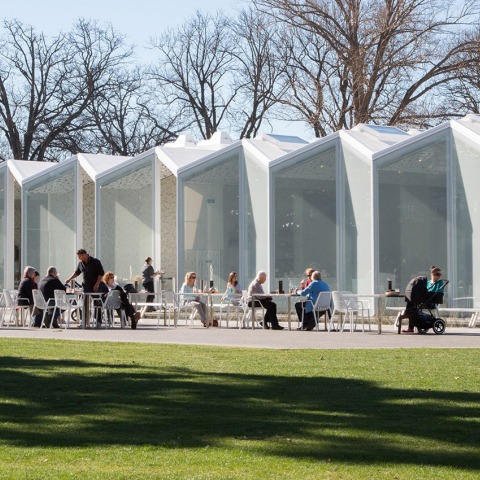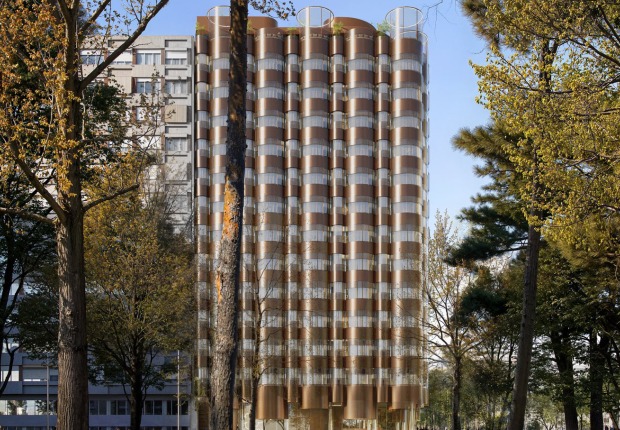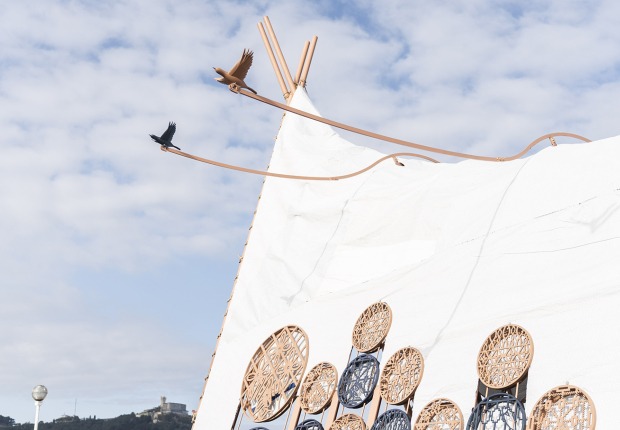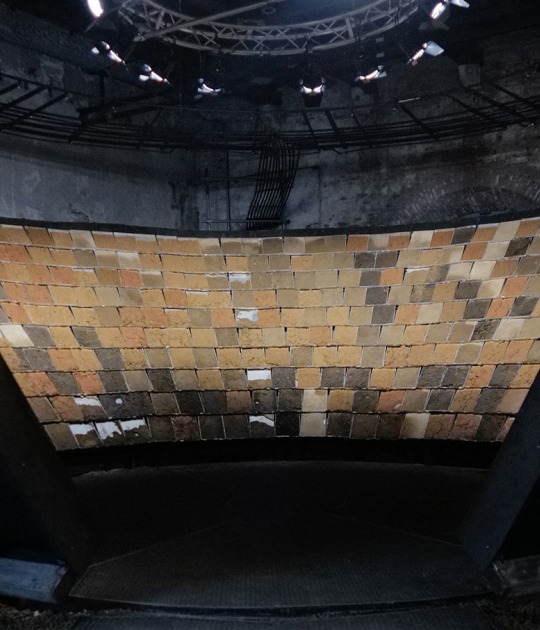Description of the project by Patterson Associates
The new Christchurch Botanic Gardens Visitors’ Centre, by architects Patterson Associates, is light-soaked and contemporary. “The building is designed to communicate and educate the visitor in the beauty, variety and complexity of the plant world,” says Andrew Patterson.
The long, white structure is based on a traditional industrial greenhouse. “Dappled leaf shadow” elements keep staff and visitors feeling comfortable, even on the hottest days.
The visitors’ centre includes a shop, café and exhibitions depicting Maori history as well as the development of Hagley Park.
The Christchurch Botanic Gardens Visitors’ Centre is located in Hagley Park. Main access is from Park Terrace and Riccarton Avenue.
The Christchurch Botanic Gardens lie within a 21ha loop of the Avon River and is the cities most visited public space. The newly developed centre is regarded as one of the most significant new build projects since the 2011 Christchurch Earthquake and extends the garden’s ability to undertake research, conservation and run educational activities as well as demonstrate the beauty, variety and complexity of the plant world.
The primary purpose of the architecture is to connect people and plants by housing people and fauna in a greenhouse conservatory environment. The building draws on the long tradition of garden glasshouse structures used as exhibition spaces.
The layered form brings together the public facilities of a visitor’s centre with the Gardens functioning greenhouse and research facilities. It is conceived as a series of deep thresholds, the first layer is public spaces and includes visitor information desk, café and shop. This is orientated to draw people through its long gallery space as they walk the perimeter path of the gardens.
The second layer is a semi-public space, a threshold where the garden staff, private functions, exhibition spaces and green house guided tours interact. This layer includes the greenhouse and shade-house, research laboratories, propagation rooms, library, exhibition and multi-purpose conference room. These specialised rooms, each with their own specific thermal and atmospheric conditions are housed as cell-like pods within the greenhouse structure.
The third layer is for the garden staff and non-visible operational spaces hidden behind mirrored glazing. This operational area encloses a long service courtyard flanked by utility sheds serving the gardens.
The building’s crystalline glass form has been developed from a modular commercial greenhouse system. The building plays with transparency, mirrored reflection and the layering of fritted glass to display the workings of a botanic garden while subtly providing staff-only areas.
The glass ceilings and skylights form a varied, leafy-like canopy shedding dappled light to the interior. This is supported on an economical structure modified where the roof module is manipulated with an invented fold to form a unified wall, floor and ceiling geometry.

























































